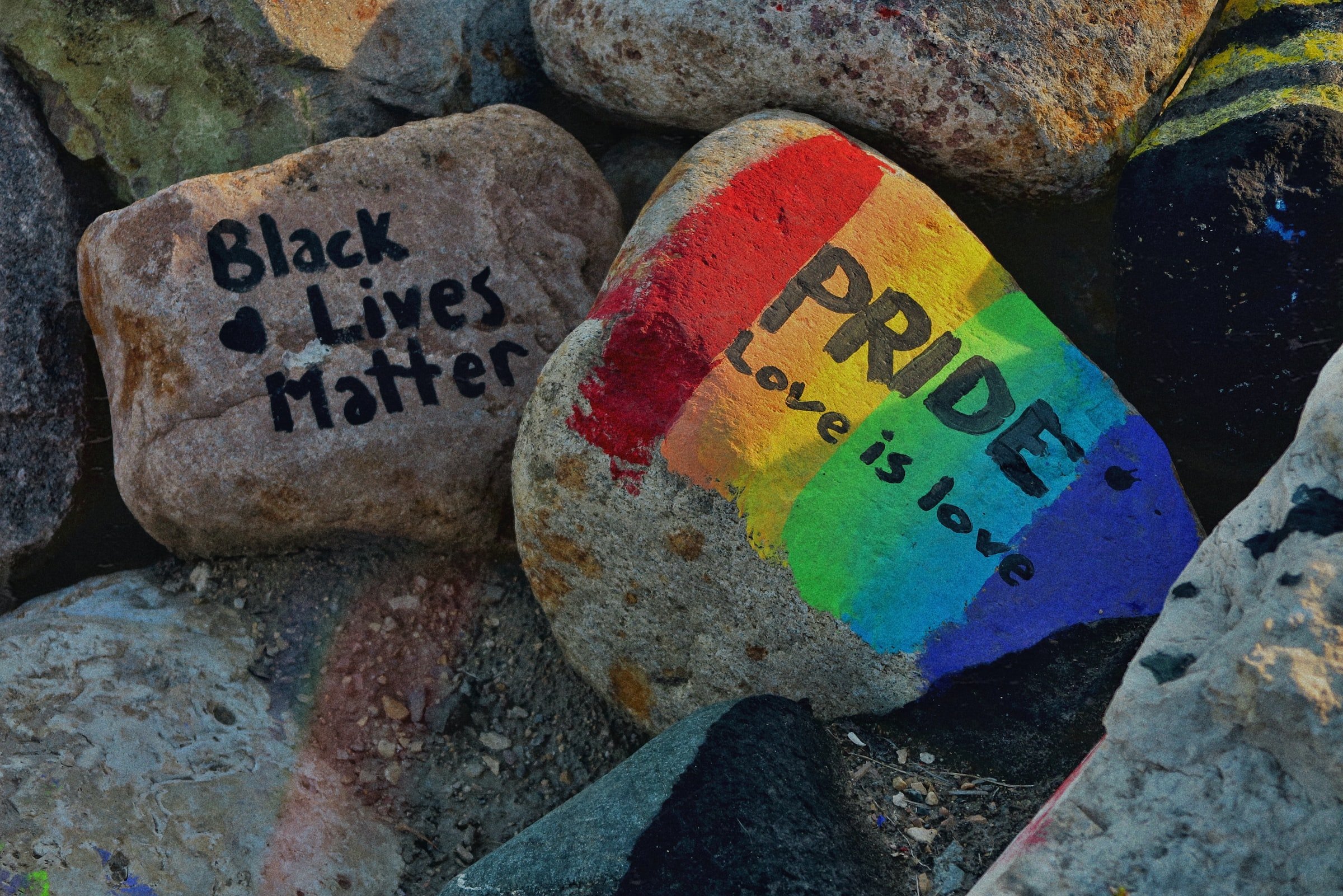Michael Leali Q&A Part 2: Dismantling the Notion of White as the Default
Photo by Freya WANG on Unsplash
In Part 1 of my Q&A with Michael Leali about his debut middle grade novel, The Civil War of Amos Abernathy (HarperCollins, 2022), a large part of our conversation was about his secondary characters and how he crafted them to address diversity, equity, and inclusion (DEI).
In Part 2, we delve more deeply into the how, especially for white writers.
Michele: I want to ask you about diversity, equity, and inclusion. Those are obviously important themes in this novel. You sprinkle in terms like “white privilege,” “patriarchy,” and “micro-aggressions” in ways that I think are going to help open some readers’ eyes. But one word I have a question about is “queer.”
Surely usage changes. When I was in grade school, queer was just a synonym for weird. Then it changed to be more of like a slur.
Michael: You’re absolutely correct. The word queer has definitely been reclaimed by the LGBTQ community. I think it holds different connotations for every individual.
There are many people in the LGBTQ community who identify as queer, that is their preferred identity, and I will often say, especially in a casual setting, that I’m a part of the queer community.
The word queer really holds no negative connotations for me personally, but I also think that it’s generational. I think that you could talk to somebody else and they would be like, “Yeah, please don’t call me that. I prefer to specifically identify as gay or lesbian or trans.”
So I think that with any language, if anyone is ever curious, do exactly what you just did—ask. I don’t think it ever hurts to ask a person, “How do you prefer to be identified? Tell me more about the language I should use when I’m referring to you.”
I think that giving that person the opportunity to say it gives them autonomy and that respect.
I wouldn’t be offended if somebody said, “How does the queer community feel about this?” That wouldn’t be offensive at all.
Michele: I probably wouldn’t use it just because I would be worried about offending someone.
Michael: Totally. I think, yeah, your safest bet is LGBTQ.
Michele: I have another DEI question. Amos, your gay, white main character, notices and describes nearly every character’s skin tone, which I think is pretty awesome. Why did you decide to have Amos do that?
Michael: For many reasons. I think that for so very long and across all of literature, white has been the default. We writers have tried in different ways to acknowledge racial and ethnic differences on the page. For many white people, we are very uncomfortable talking about race and writing about race.
Sometimes I’m still uncomfortable doing it, but in writing a book that is so much about identity—and I wanted to be brave about it—l wanted to be clear. I don’t think we need to talk around the color of a person’s skin. Or leave wiggle room or wondering about how a person is identified on the page.
For me, acknowledging all the colors of all the characters was essential. If I were to only acknowledge the skin color of my BIPOC [Black, Indigenous, People of Color] characters, that would once again reinforce the white default as a thing—and I want to dismantle that as much as possible.
I think we are going to see more of a trend across literature to very clearly identify characters, and especially for young readers. They should be able to have a clear visual of who the characters are. Race and ethnicity are a huge part of identities, and I wouldn’t want to take that away from my characters.
Michele: I’m trying to figure out how to do that authentically in my own work too. It’s tricky.
Michael: Very, yeah. Not an easy task.
Michele: For the novel I’m working on right now, I think I maybe need to be a little bit aspirational rather than reflecting reality, because reality is probably too white.
Michael: Stay true to your text. If you’re telling a story that takes place in a very white rural place, it would be inauthentic to have a massive population of BIPOC characters. I think there’s a balance between those two things being aspirational. Diversity for the sake of diversity isn’t always helpful. I think it depends on the story you’re telling.
Michele: Context matters for sure. So tell me about your next book.
Michael: My next book is called Mateo, and it is a very loose contemporary retelling of Pinocchio. Mateo is newly on this baseball team that is sort of a legacy in his family. When he turns 11, his dad passes down the family baseball bat, and it’s this sort of magical welcoming into manhood and this joining of the people who came before him.
It’s also a story about adoption and what happens when Mateo starts to realize that he’s not quite like the other kids. He starts growing in different ways. He is sent on this journey of self-discovery and uncovering a lot of things about secrets that have been kept in the town, and by his family that have really kept a lot of things emotionally depressed. It’s up to him to save the day, so it’s pretty fun, whimsical, it’s got a lot of heart. I’m really proud of it.
Michael’s next book comes out in May 2023 from HarperCollins.
